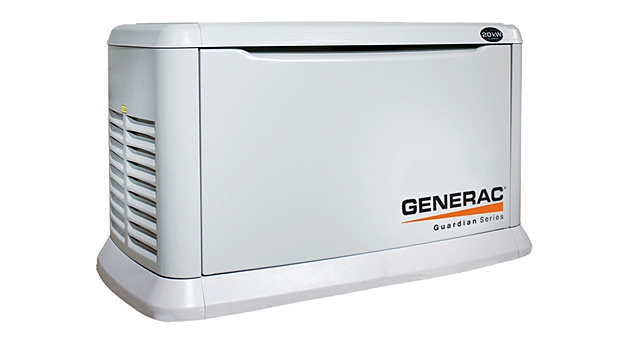Summer is many people’s favorite season, and in Baltimore, Maryland, it brings lots of beautiful weather and fun outdoor days with friends and family. Summer also brings storms, and Baltimore’s East Coast waterfront location puts the city at risk for hurricane activity. We may not get the same hurricane difficulties that the Gulf Coast has to deal with, but we get our fair share of summer storms that have fun knocking out our power.
To deal with power surges and outages, some Baltimore homeowners turn to whole home generators as backup plans. If you have solar power, a whole home generator is a possible solution for days when there isn’t enough sun to power your home. When you have a generator, it needs to be sized properly for your home, or you’ll run into power problems at the worst possible times.
The Amount of Power You Need
Because the generator only runs every so often, some people assume it needs to produce less power. In fact, that assumption is dangerously incorrect. Your generator needs to produce the wattage necessary to run your house like normal. That means calculating how much power your appliances require, and assessing how much power you typically use.
How do you figure this out? Owner’s manuals and the internet. Adding up the amount of power everything in your house uses isn’t a fun process. If you can’t find information or have lost your owner’s manuals, a lot of websites about power consumption will tell you how much the average item, like a power tool or a dehumidifier, uses.
Don’t Overload the Generator
One thing to keep in mind about appliances is that they vary their power consumption. Your HVAC system pulls more power when it turns on, and in certain settings. This is called a reactive load. We’ll help you figure out what that max amount of power is and add it to your generator equation.
Once you’ve done this, remember: you won’t be running everything at once, so the way different systems factor into your equation will vary. After all, how likely are you to run the washer and the dryer and your power saw and your oven during a power outage-causing storm?
If you’re wondering why you can’t run a smaller generator and just not use certain appliances, you can, but you still have to calculate everything you’ll ask that generator to run. Generators aren’t cheap, and if you accidentally overload your generator, you’ll do damage. You don’t want to ruin your generator, especially because you might need it again before you can get it fixed.
Portable Vs. Standby
If you’re not interested in plugging everything into your generator, you do have options. Since the generator is for emergencies, using it to power a few lights, a radio or the television, and your refrigerator and stove might be all you require. In this case, find a portable generator that can handle about 4,000 watts. If you go up to 8,000 watts, you’ll be able to add your computer and your heating system to the equation.
Standby generators power the whole house and go up to 15,000 watts. If the power goes out, you’ll be the house on the block acting like nothing’s gone wrong. They’re the most expensive models, and they’re pretty noisy, which is why some homeowners opt for smaller generators that will only power the necessities during a power outage.
Whether you pick a portable or a standby generator, choosing the right wattage is still important. Don’t buy a big generator and cross your fingers that it’ll power the whole house. Don’t buy a smaller one, and then risk plugging in one too many things.
We promise this isn’t as confusing and difficult as it may sound when you first start your generator research. Contact Griffith Energy Services for answers to your questions and to start your generator purchasing and installation process. After all, it never hurts to be prepared. You can reach us at 888-474-3391. We’re even around 24/7 for emergency services.
Image provided by Bigstock




